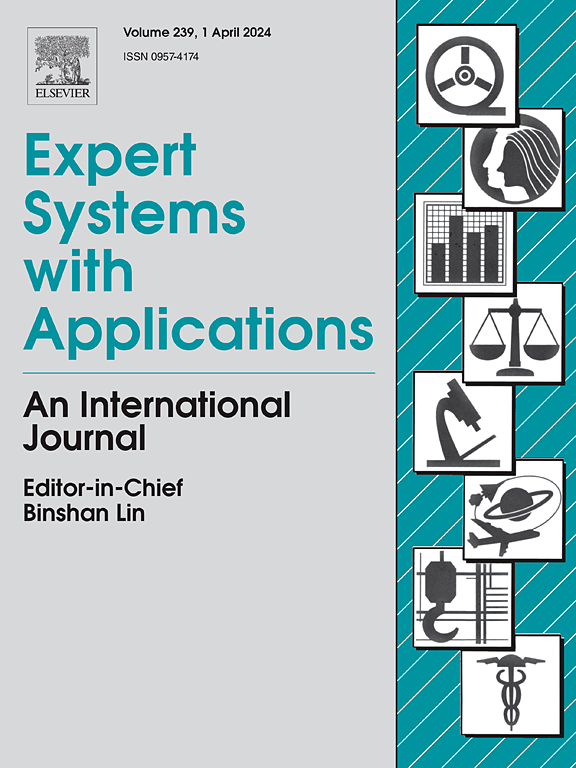Prediction of ailments using federated transfer learning and weight penalty-rational Tanh-RNN
IF 7.5
1区 计算机科学
Q1 COMPUTER SCIENCE, ARTIFICIAL INTELLIGENCE
引用次数: 0
Abstract
The widespread adoption of technology has simplified the process of predicting ailments. Nevertheless, disease prediction for critical multi-organ systems was not done using the current approaches; rather, it was limited to single or dual organs. Therefore, utilizing WP-RT-RNN, a Federated Transfer Learning (FTL)-based disease prediction methodology is developed. First, the heart, lung, liver, and kidney dataset data are pre-processed, and then the Gaussian Mixture Model Hole Filling (GMMHF) technique is used for background subtraction. The image with the background removed is put into the Hurst operator, which extracts features. In the meantime, pre-processing is done on the EMR data before it is transmitted to the feature learning module based on Marginal Fisher Analysis-Convolution (MFA-CN), which effectively represents local and context features. Later that, the features gathered from the EMR data and images are combined and sent to the FSSTS-BCMO to choose the most important features. The Weight Penalty-Rational Tanh-Recurrent Neural Network (WP-RT-RNN) is then trained using the chosen features to effectively predict both normal and abnormal disease. At last, a performance comparison is carried out to confirm the suggested system’s efficacy.
求助全文
约1分钟内获得全文
求助全文
来源期刊

Expert Systems with Applications
工程技术-工程:电子与电气
CiteScore
13.80
自引率
10.60%
发文量
2045
审稿时长
8.7 months
期刊介绍:
Expert Systems With Applications is an international journal dedicated to the exchange of information on expert and intelligent systems used globally in industry, government, and universities. The journal emphasizes original papers covering the design, development, testing, implementation, and management of these systems, offering practical guidelines. It spans various sectors such as finance, engineering, marketing, law, project management, information management, medicine, and more. The journal also welcomes papers on multi-agent systems, knowledge management, neural networks, knowledge discovery, data mining, and other related areas, excluding applications to military/defense systems.
 求助内容:
求助内容: 应助结果提醒方式:
应助结果提醒方式:


